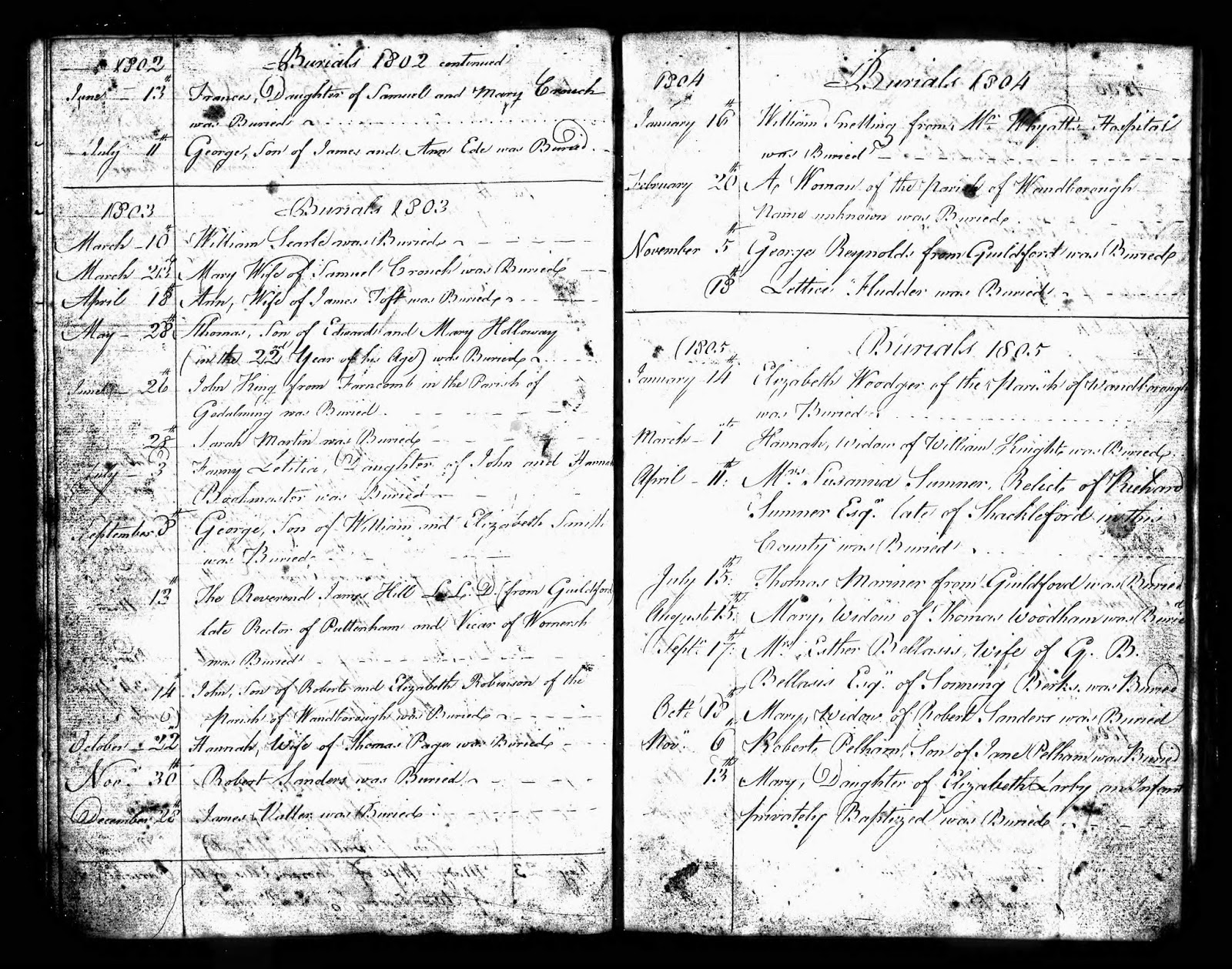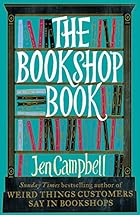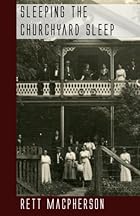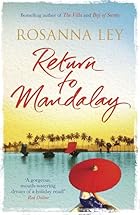 |
| No Story Too Small |
You can read the list of my posts HERE
The prompt for week five was "plowing through". I used a play on the word, changed the plow to plough and immediately thought of this picture. The man on the left of the photograph is Walter Butcher who was the younger brother of my Great Grandfather Charles Butcher.
Walter Butcher was born in 1874 and baptised on 19th July 1874 in Wonersh Surrey and was the seventh child of a family of eight. My Great Grandfather, Charles Butcher was older having been born in 1869. Both Walter and Charles moved to Wanborough. Firstly Charles having met my Great Grandmother who was from Puttenham moved across the country roads to live in the area of his wife's family. He was later followed by Walter.
My late Great Aunt recalled Walter and from my notebook of 1989 she said "Walter was a mean spirited and weak man and nothing like Dad. (Charles) He had a tendency to follow and copy Dad, which frustrated and annoyed him"
I had heard this before from another Aunt, and with that information I formed an opinion of Walter, and perhaps that was unfair; that was until I found this reference in the local paper.
Surrey Advertiser - 16th June 1917
"Cruelty to a Horse - Farmer heavily fined.
The prompt for week five was "plowing through". I used a play on the word, changed the plow to plough and immediately thought of this picture. The man on the left of the photograph is Walter Butcher who was the younger brother of my Great Grandfather Charles Butcher.
 |
| Walter Butcher at Wanborough - family photo collection of Julie Goucher |
My late Great Aunt recalled Walter and from my notebook of 1989 she said "Walter was a mean spirited and weak man and nothing like Dad. (Charles) He had a tendency to follow and copy Dad, which frustrated and annoyed him"
I had heard this before from another Aunt, and with that information I formed an opinion of Walter, and perhaps that was unfair; that was until I found this reference in the local paper.
Surrey Advertiser - 16th June 1917
"Cruelty to a Horse - Farmer heavily fined.
At the Camberley Police Court on Thursday, John Knight of Cobbetts Hill Farm was summoned for permitting a horse to be cruelly ill treated on 24th May. A lad in the defendants employ said that when harrowing grass seed, the horse fell into a hole, where it laid until the knacker came to take it away the following day. Walter Butcher, carter, father of the last witness, said he killed the horse after it had been seen by a Veterinary Surgeon. The horse had fallen down at work two or three times.
Inspector Jones R.S.P.C.A said he saw the horse lying in the field. It was in a very poor condition, very thin and very old. It had not got one sound tooth. The horse fell on the morning of 24th May, and it was killed on the following evening. It was too weak to get up. Mr Carter, Veterinary Surgeon, Aldershot, said he thought the horse was between 25 and 30 years old. He advised it being destroyed.
Lily Strickland employed at Cobbetts Hill Farm, said the horse had been regularly fed, but would not fatten. The Chairman, (Mr H J B Hollings) said the Bench considered the case an exceeding bad one, and defendant would be fined £5 including costs.
Walter Butcher a witness on the last case was summoned for ill treating a horse on 24th May, and James Knight was summoned for permitting such cruelty. Inspector Jones said Butcher was driving a pair of horses attached to a large roller. One of the horses had a large sore on the off shoulder, and was quite unfit for work. Knight was fined £2 and Butcher 5/-, the Chairman stating that no doubt he felt that if he refused to take the horses out he might lose his place."
From further research and numerous conversations with now deceased members of my family I am going to build a life profile of Walter. He married and the numerous complexities of that union has really meant that up until now I have not wanted to examine this part of the family further.
Let me explain. I had over the years several conversations with my Great Aunts and also with one of Walter's sons. None of the information was flattering and at the time, I was slightly ashamed of the family connection based upon the details that was given to me.
To be blunt it appears that Walter was seen as a bully and indeed mean spirited; with a lack of respect for his wife and children. Even his own children didn't like him.
A quick timeline to add some context - Links go to Ancestry.
ACTIONS
Let me explain. I had over the years several conversations with my Great Aunts and also with one of Walter's sons. None of the information was flattering and at the time, I was slightly ashamed of the family connection based upon the details that was given to me.
To be blunt it appears that Walter was seen as a bully and indeed mean spirited; with a lack of respect for his wife and children. Even his own children didn't like him.
A quick timeline to add some context - Links go to Ancestry.
- Born in Wonersh to Charles Butcher and Sarah nee Ockley
- Baptised in Wonersh on 19th July 1874
- In 1877 his mother died
- In 1881 his father remarried to Francis Ann Pain in London and they went on to have another 6 children between 1880 and 1894. Charles was 71 years old in 1894!
- In 1881 Census the family are living in Wonersh
- In 1891 Census the family are living in Alfold (next door to a Butcher family who relate to another branch of the family)
- In 1901 Census the family are living in Worplesdon
- In 1906 at Worplesdon Surrey Walter aged 31 years marries Sarah Ann Crooke aged 26 years
- In 1911 Census Walter is married and living with his wife and children in Wanborough
- In June 1912 Walter and Sarah had a son, named Charles Henry, baptised. He was born in January 1912. (This is exactly the same name as the little boy Walter's brother Charles had lost in 1902. Perhaps this goes some way to demonstrate the feelings that ran between the two brothers?)
- In 1943 Sarah Ann died in Farnham Workhouse
- In 1956 Walter died in Guildford
The oral family history shared with me from my Great Aunts and one of Walter's children was, as I sad not very flattering to Walter.
One of his daughters, known as Bessie, had what we would describe as learning difficulties and she was sent to an asylum by her father. I do not have the dates of her admission, but I do know where she was sent. He brother upon being widowed took care of her after having her discharged. By then she was an elderly lady and having met her there was a slowness about her, but nothing that would have prevented her from living a lovely life outside of an institution. This was proved as after the death of her brother she remained living, on her own in his home, and only needing assistance as many elderly folk do.
Upon reflecting, her life existed in an institution because of the thinking and ridicule at the time. She missed so much and that is nothing short of tragic.
Reading the journals of notes made when I interviewed my Aunt in 1987 reveal that a second daughter was also admitted to an asylum. No further details are known other than the name.
Reading the journals of notes made when I interviewed my Aunt in 1987 reveal that a second daughter was also admitted to an asylum. No further details are known other than the name.
Sarah Anne Butcher was admitted to Farnham Workhouse. At this time before the days of the National Health Service workhouses were often used to home unwell individuals.
Walter and Sarah raised a family of seven children; four sons and three daughters. One daughter, Emily died aged one year in 1918. The remaining two daughters never married or had any issue. Of the three sons, two of them married, with one of them having a son who died in 1969.
The complexities I mentioned at the start were caused by two of Walter's half sisters from his father's second marriage marrying two of Sarah Anne's brothers. That in itself was not unheard of for I have several instances of similar issues happening in my ancestry. There are links to other surnames that after more than twenty five years I am still unravelling, one of which involves the surnames of LANGFORD and GUNNER.
The links to the mental health issues I find interesting, curious and slightly concerning which indicates that the issues were on this particular Crooke and Butcher connection and I have three different combinations of it! Certainly as far as the line that descends from Walter there are no direct living descendants and that is again another sadness.
The complexities I mentioned at the start were caused by two of Walter's half sisters from his father's second marriage marrying two of Sarah Anne's brothers. That in itself was not unheard of for I have several instances of similar issues happening in my ancestry. There are links to other surnames that after more than twenty five years I am still unravelling, one of which involves the surnames of LANGFORD and GUNNER.
The links to the mental health issues I find interesting, curious and slightly concerning which indicates that the issues were on this particular Crooke and Butcher connection and I have three different combinations of it! Certainly as far as the line that descends from Walter there are no direct living descendants and that is again another sadness.
ACTIONS
- Locate the admission record for Bessie and Mary to see if I can be granted access.
- Locate the admission record for Sarah Ann Butcher nee Crook at Farnham Workhouse
- Locate the burial and death details for all of Walter's children
- Locate the burial details for both Walter and Sarah
- Order Death certificate for Sarah Ann Butcher
- Unravel the connection the LANGFORD & GUNNER connections to the Crooke family
- Look at the Farm details for Passenger Farm at Worplesdon



























.JPG)








.JPG)